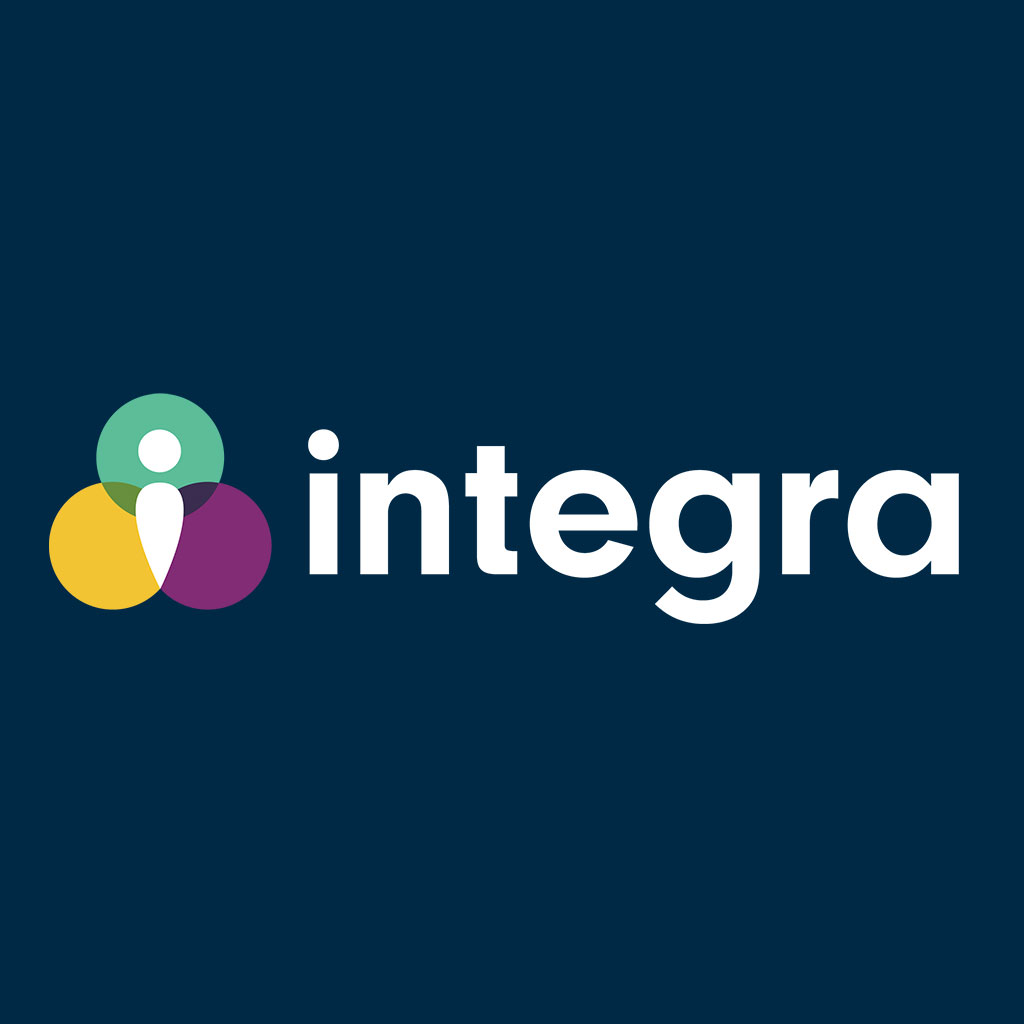Category: News & Updates
Get the latest from the Integra team.
-

Assessing Adverse Outcomes and Learning Needs in Canadian Psychiatric Independent Medical Examinations
-

Organizational Announcement – Bob Labrecque | Integra
-

Organizational Announcement – Alexa Biesok Promotion | Integra
-

Integra and University Network Assessors Announce Merger | Integra
-

Integra’s Employer Assessment Guide | Integra
-

Erica Enstrom Joins The Scotiabank Women Initiative Mentor Program | Integra
-

Happy 5 Years to Integra | A Message from Erica | Integra
-

What is Contact Tracing?
-

Medical Case Management
-

How to “Ergonomize” and Work From Home

